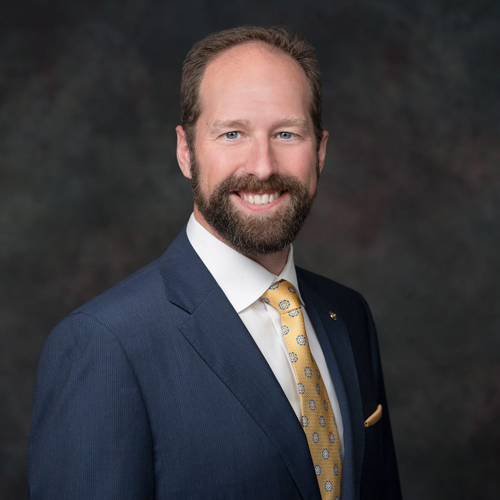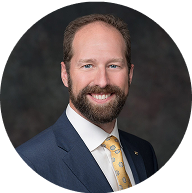Many federal employees wonder if they can keep their Federal Employee Health Benefits (FEHB) after retirement, especially if they do not meet the usual requirements. This article explains how returning to federal service can help you qualify for FEHB in retirement, using clear examples and up-to-date rules.
Understanding FEHB and Retirement Eligibility
FEHB is a valuable health insurance program for federal employees. To keep FEHB after retirement, you must meet two main requirements:
- You must be eligible for an immediate retirement (such as under FERS “MRA + 10,” “MRA + 20,” or other regular retirement rules).
- You must have been continuously enrolled in FEHB (or covered as a family member) for at least five years before you retire, or for your entire period of service if less than five years.
If you do not meet these requirements, you usually cannot keep FEHB in retirement. However, there are ways to become eligible if you return to federal service.
Kim’s Question: “Can Returning to Federal Service Help?”
Kim is a federal employee in her mid-50s, with 15 years of service and only three years of FEHB enrollment. She wants to retire soon but does not meet the five-year FEHB rule. Kim is thinking about returning to federal service later, possibly as a postal worker, to gain more years of FEHB coverage.
How Returning to Federal Service Works
If Kim returns to a permanent, full-time federal job and re-enrolls in FEHB, her previous years of FEHB coverage will count toward the five-year rule. For example, if she works two more years and is covered by FEHB, she will have five total years of enrollment. When she retires with an immediate annuity, she will then qualify to keep FEHB in retirement.
It is important that Kim returns to a permanent position, not a temporary or seasonal job, because only permanent service counts toward FEHB eligibility.
Deferred Retirement and FEHB
If Kim leaves federal service before meeting the five-year FEHB rule and does not return, she may qualify for a deferred retirement pension at age 62. However, deferred retirees are not eligible to keep FEHB in retirement. Only those who retire with an immediate annuity and meet the five-year FEHB rule can continue their health coverage.
Risks and Considerations
Returning to federal service to meet FEHB requirements is possible under current rules. However, Congress can change federal benefits laws at any time, so there is always a risk that rules could change in the future. It is important to stay informed and check with your agency’s human resources office before making decisions.
Conclusion
You can qualify for FEHB in retirement by returning to federal service and meeting the five-year enrollment rule, as long as you retire with an immediate annuity. Make sure your new position is permanent and full-time, and keep track of your FEHB coverage.

ABOUT THE AUTHOR
Micah Shilanski, CFP®, is a Managing Partner, Wealth Advisor known for his deep commitment to providing exceptional advisory services to his clients. As the founder of Plan Your Federal Retirement, Micah has dedicated his career to helping federal employees understand and optimize their benefits.
Micah’s approach is client-centered, focusing on creating personalized strategies that address each individual’s unique needs. His work emphasizes the importance of comprehensive planning, incorporating aspects of tax strategy, investment management, and risk assessment to guide clients toward achieving their financial goals.Micah Shilanski 00:00
Have you ever wondered how to keep your FEHB when you don’t qualify for it in retirement? Then stay tuned for this FERS Federal Fact Check. Hi, I’m Micah Shilanski with Plan Your Federal Retirement. I’ve said it so many times on this channel, your best benefit is your FEHB, your Federal Employee Health Benefits, it’s fantastic, but there’s a couple of catches in how you get that benefit, and what happens if you don’t meet those requirements, but you still want your FEHB, what are some things you can do? And a question from Kim talks about just that. She says, I have 15 years of federal service, and I’m 55 years young. I’ve only been in federal and in FEHB for the most recent three years of federal employment. I wish to leave service soon, I want to retire with FEHB, could I do that by re entering federal service on a later date for further two years? In other words, lock in federal benefits by becoming a postal worker at 63 to 65 for example. Kim, that is an excellent question. So let’s talk about what your retirement is, what you would be separating out on would be a deferred retirement, right? You’re not eligible for an immediate pension, you’re not eligible for a full retirement, you’re not eligible for a postponed retirement, this would be called a deferred retirement, you’re vested in the system with your 15 years of federal service, but you haven’t met the other requirements MRA in 30, 60, and 20, 62 and 5 are MRA in 10, right? So you’re vested, but the only thing you’re going to get is a pension at 62, years young. So I love your thought, and we’ve done this actually for several clients. They’ve separated from federal service, they came back after their MRA, their Minimum Retirement Age, they then worked for a couple of years in order to get those benefits back. So the short answer is, yes, you absolutely can, but there might be a catch you can under today’s rules. This is the risk that you’re playing right? If you worked another two years and you retired, you hit your MRA, you’d have MRA in 10 at that point in time, you could keep health insurance for retirement, you know the rules you’re retiring under, the risk that you have is that Congress, because they can do anything with the stroke of a pen, that you risk that Congress changes those rules in the future. Do I think they’re going to change this loophole? Probably not, it doesn’t appear to be one of the ones on the chopping block that they keep talking about, but they absolutely could. So that’s something if you do decide to go down this this lane, Kim, I would absolutely be keeping your ear to the ground if they start talking about changing federal benefits, do you need to come back in? Let’s talk about you re entering as a postal worker. Well, it depends. It doesn’t matter what agency you work for, but it does matter that you’re on that full time, full employment status, I should say, eligible and getting benefits, so if you come in as temporary, you come in as seasonal, that time probably isn’t going to count in that FEHB clock, so really important to look at that when you’re coming back in. If you have questions like this about your benefits, then make sure you jump on our website, leave us a comment, leave us your question, and you might be featured in the next FERS Federal Fact Check, till then, Happy Planning!




